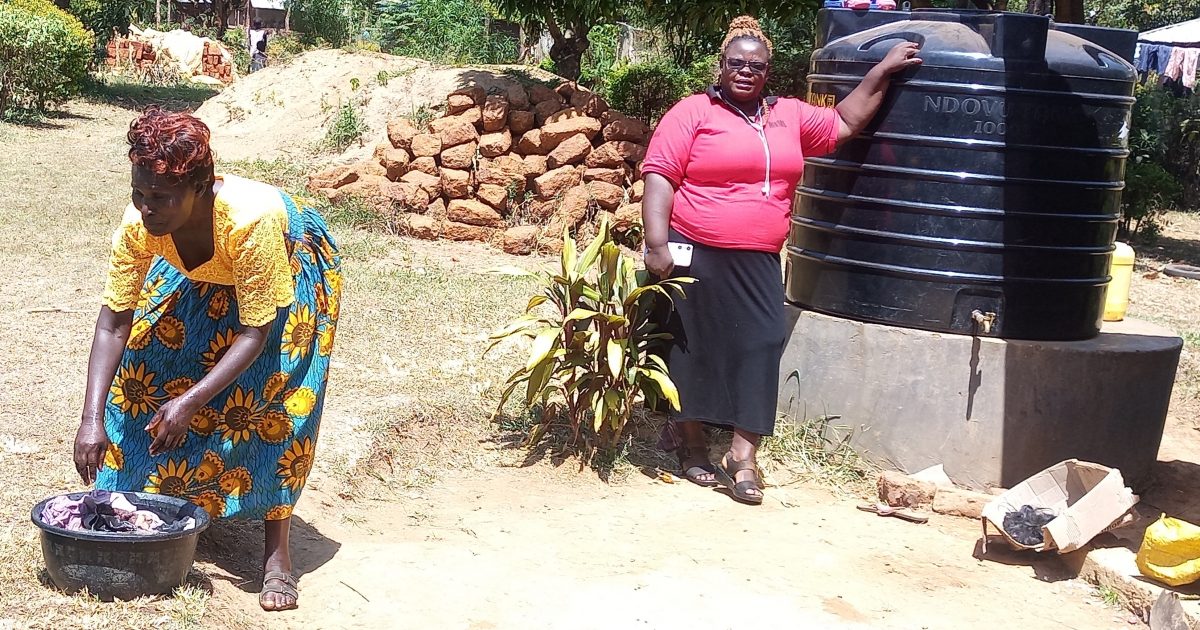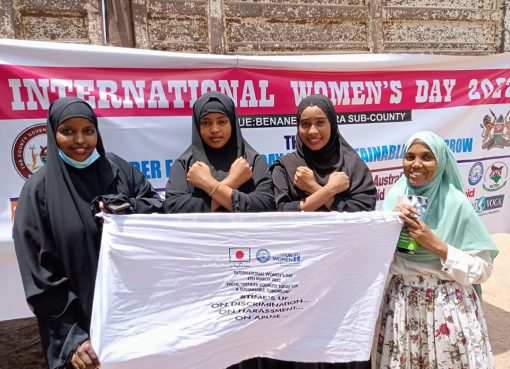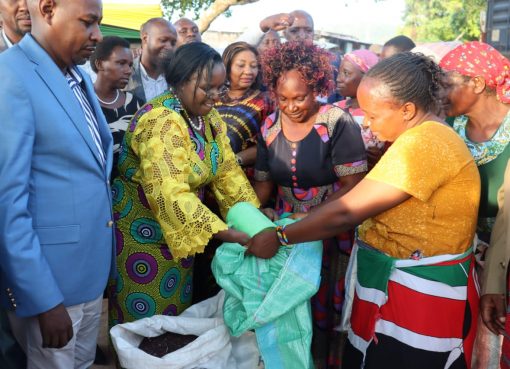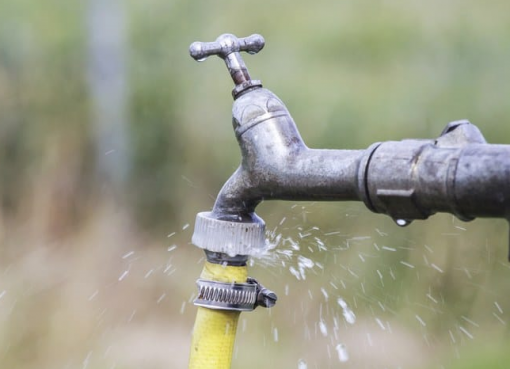A Community Based Organization in Bukhayo West location, Matayos Sub County has embarked on various projects to ensure that vulnerable women are food secure.
Maurine Ayodi, the Executive Director of the Organizations says that beneficiaries of the programme dubbed Women and leadership are given at least one or two tissue banana seedlings to plant them in their compound alongside a kitchen garden.
‘We are doing this to ensure that our women are food secure because we realized that we spend a lot of money buying food,’ she says.
The CBO which has been in place for the past three years has supported 86 vulnerable women with water tanks and has plans to support 20 more in the month of February this year.
Ayodi adds that the beneficiaries of the programme, especially those who live far away from water sources are also issued with water tanks.
‘This is done after training on water purification and how to use the water to irrigate the kitchen gardens that they have established in their homes,’ she says.
She explains that some of the identified beneficiaries cannot afford to fetch water adding that water sources are far from homesteads, hence a big challenge in Busia County.
“We have encouraged the beneficiaries to harvest and preserve water and set aside at least a day in a week to fetch water during dry spells so that they can use the remaining days in doing business.
The official further says that a number of the beneficiaries of the project have been given business startups to engage in small scale businesses at the local market.
‘So they spend a lot of time in the market and little time to go and fetch water,’ she says, adding that the tanks have helped them to organize and manage their time well.
Ayodi explains that beneficiaries are taken through a financial literacy course before they are given money so that the funds are used for the intended purposes.
‘We also boost the pockets of women who already have their businesses so that they can also contribute to the economy by putting food on the table.
The official further says that the program has also assisted in supporting the government’s directive of 100 per cent transition in schools since the women support their spouses in providing for the family.
‘As a sustainability measure, we have put the beneficiaries into groups where we train them on table banking which we call safe kit loaning and saving scheme where they can continue without support from the organization,’ she says.
‘We are in the process of identifying the intended beneficiaries,’ she says adding that the process is normally carried out by the local government administration to ensure transparency,
Ayodi says that the programme has helped in retention of children in school because beneficiaries borrow money from their loan scheme so that they can pay school fees in time.
‘They repay their loans in installments as they carry out their businesses,’ she says, adding that children of the beneficiaries are rarely sent back home for school fees since they pay in advance.
She explains that loans are given to the beneficiaries at an interest rate of 10 per cent payable within a period of 10 months.
Josephine Anyango Ojiambo, a beneficiary of the programme says that the tank has made her work easier especially now that she does not have to run around for water in the evening after a long and tiring day in the market.
Anyango says that prior to the programme, she could go without supper due to lack of water.
Pauline Mangeni, another beneficiary says that the tanks help in water storage adding that she could travel for around 1.5 kilometres to fetch water from the nearby water stream.
Maximilla Akinyi, a beneficiary from Bujivi village says that she uses the tank to harvest rain water.
‘Akinyi who is physically handicapped says that she used to rely on the neighbors to fetch water for her in exchange for some small pay.
According to Busia County Integrated Development Plan 2022-2027 the main sources of drinking water are boreholes, 42 per cent, rivers 19.1 per cent, springs 22.3 per cent and piped water 12.5 per cent.
By Salome Alwanda





